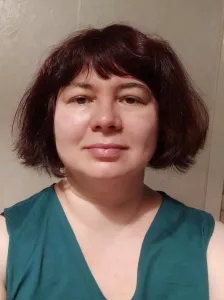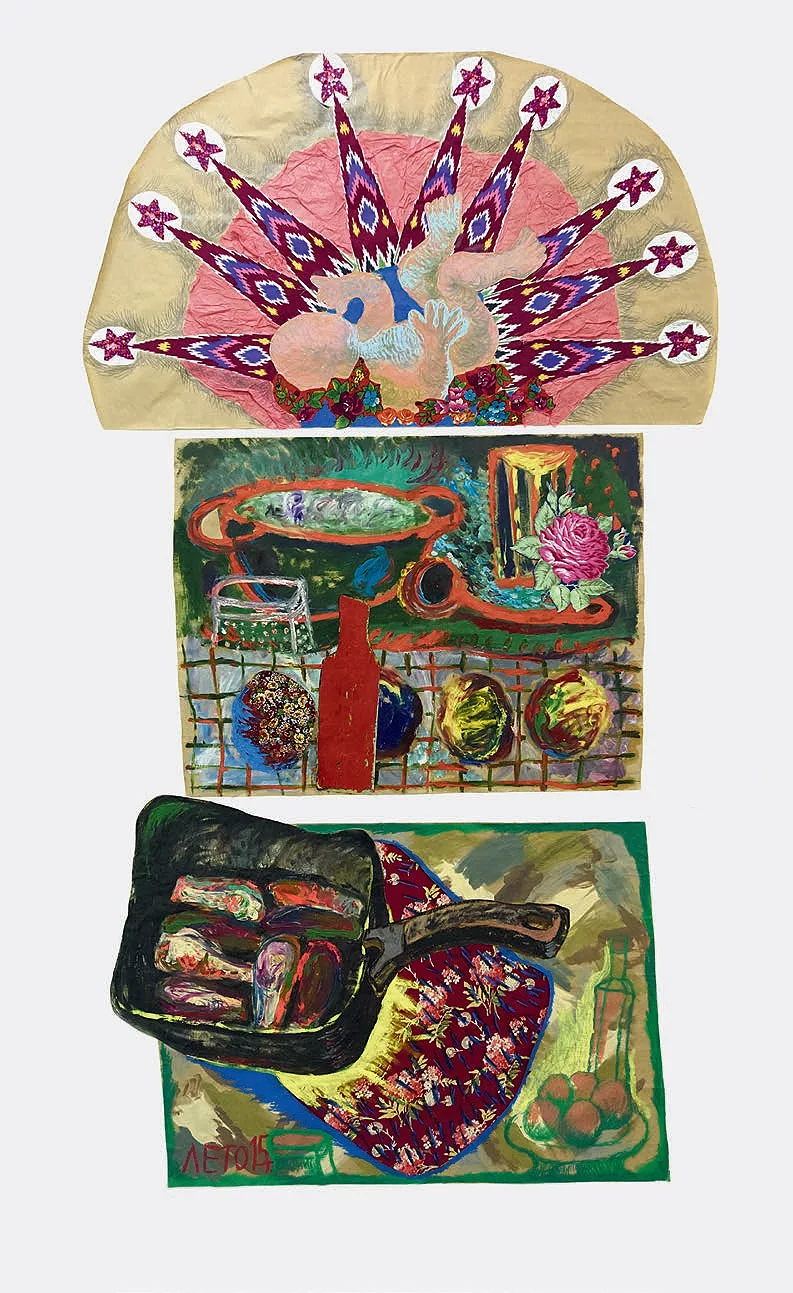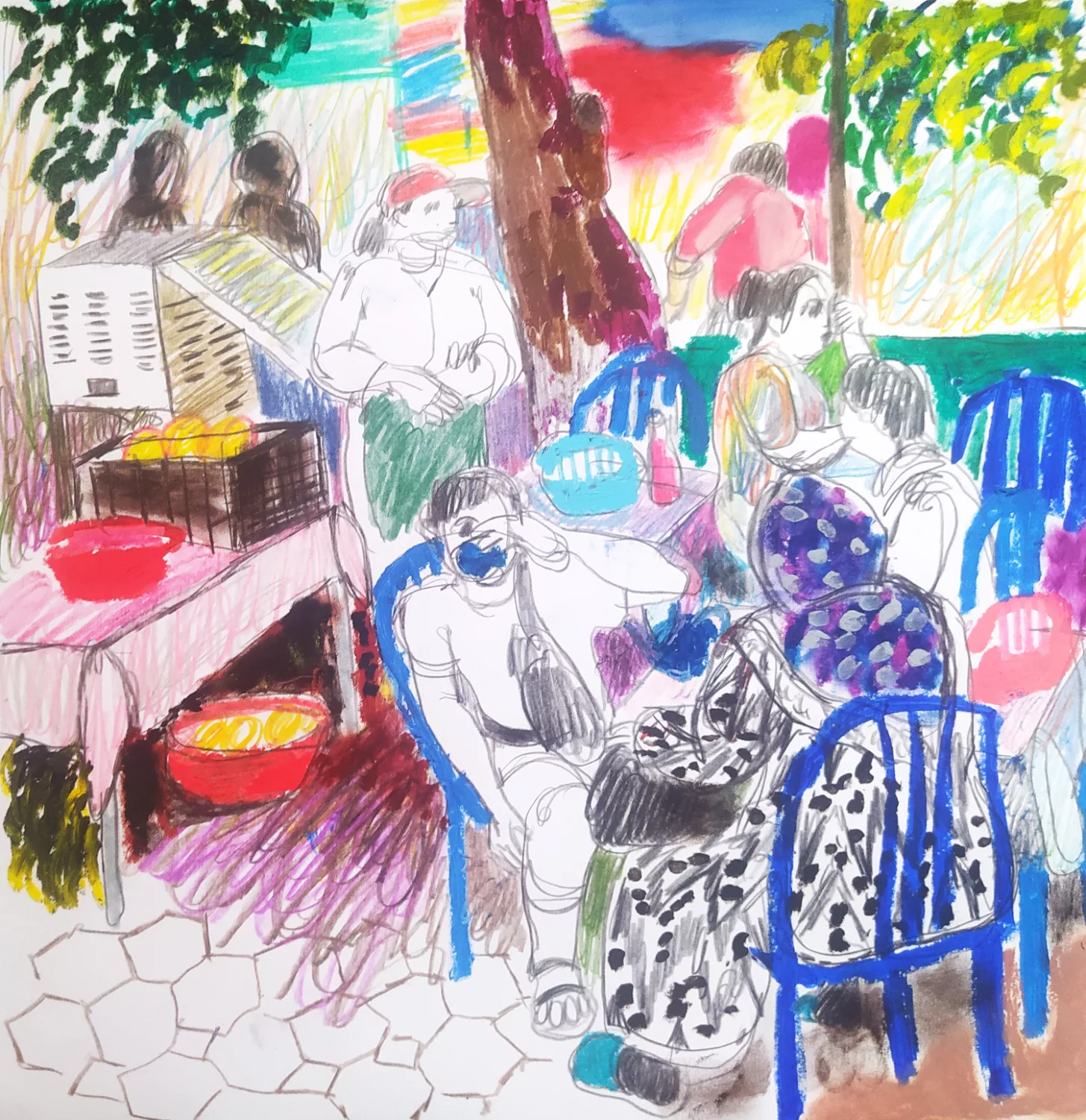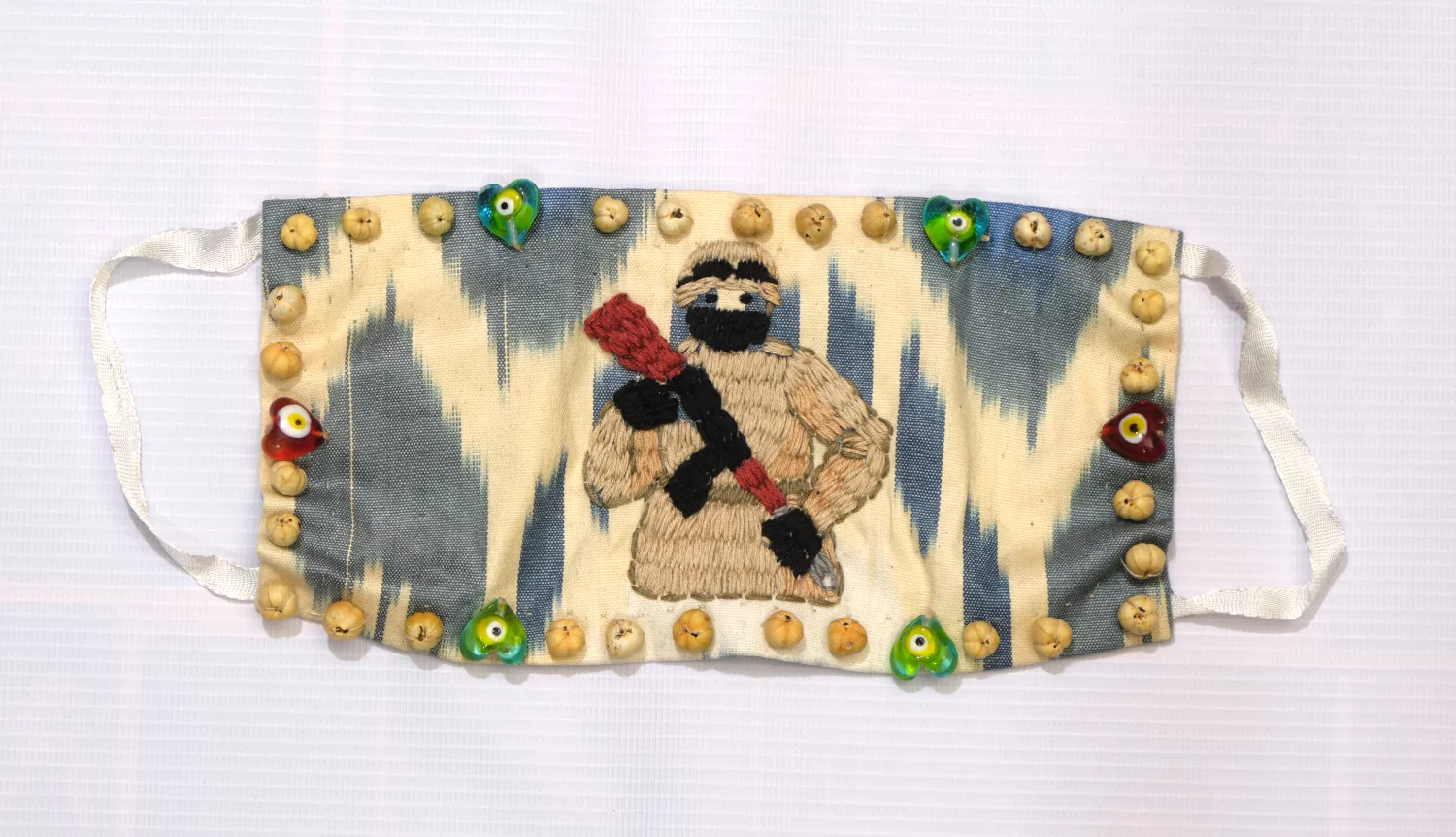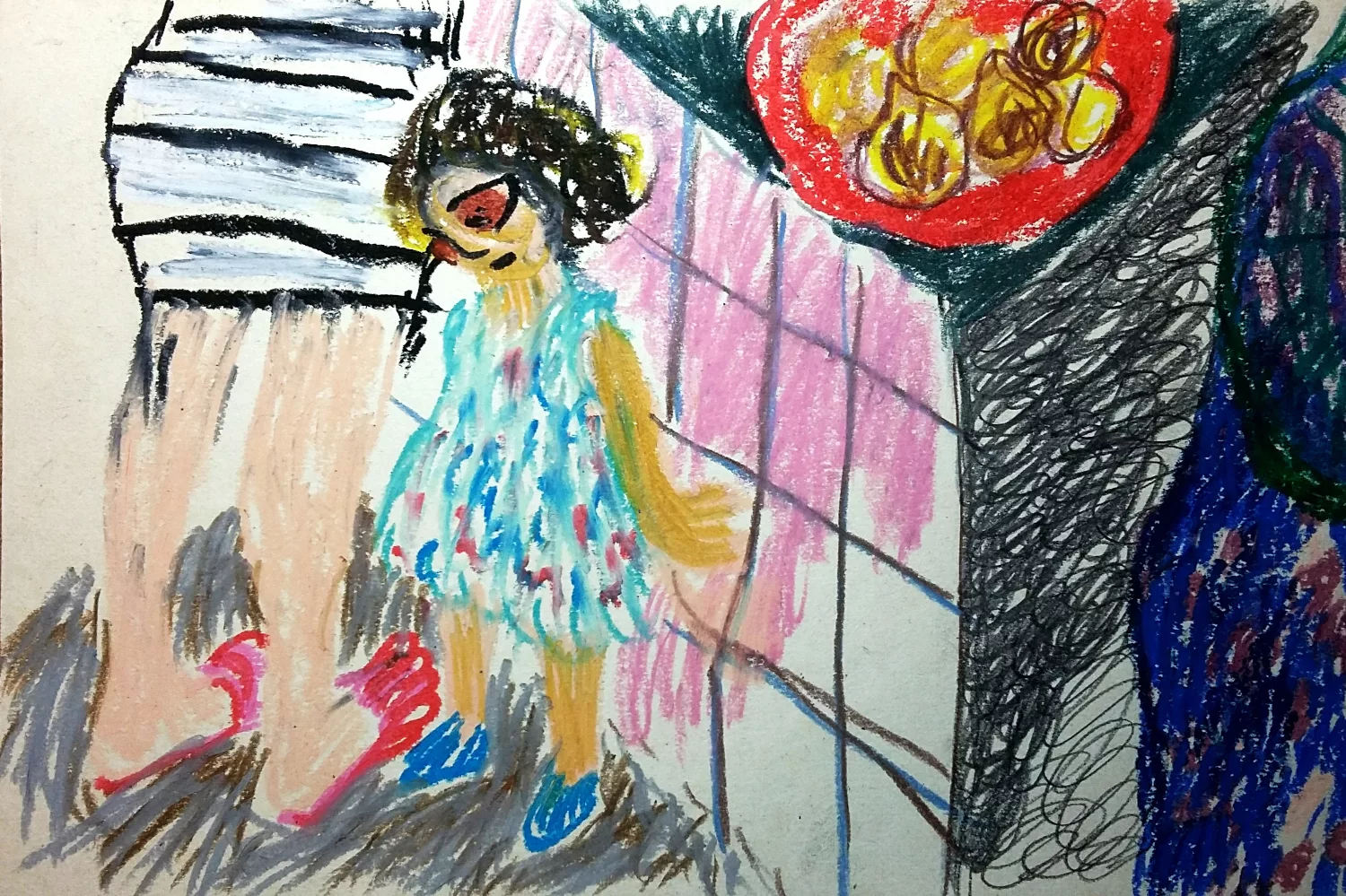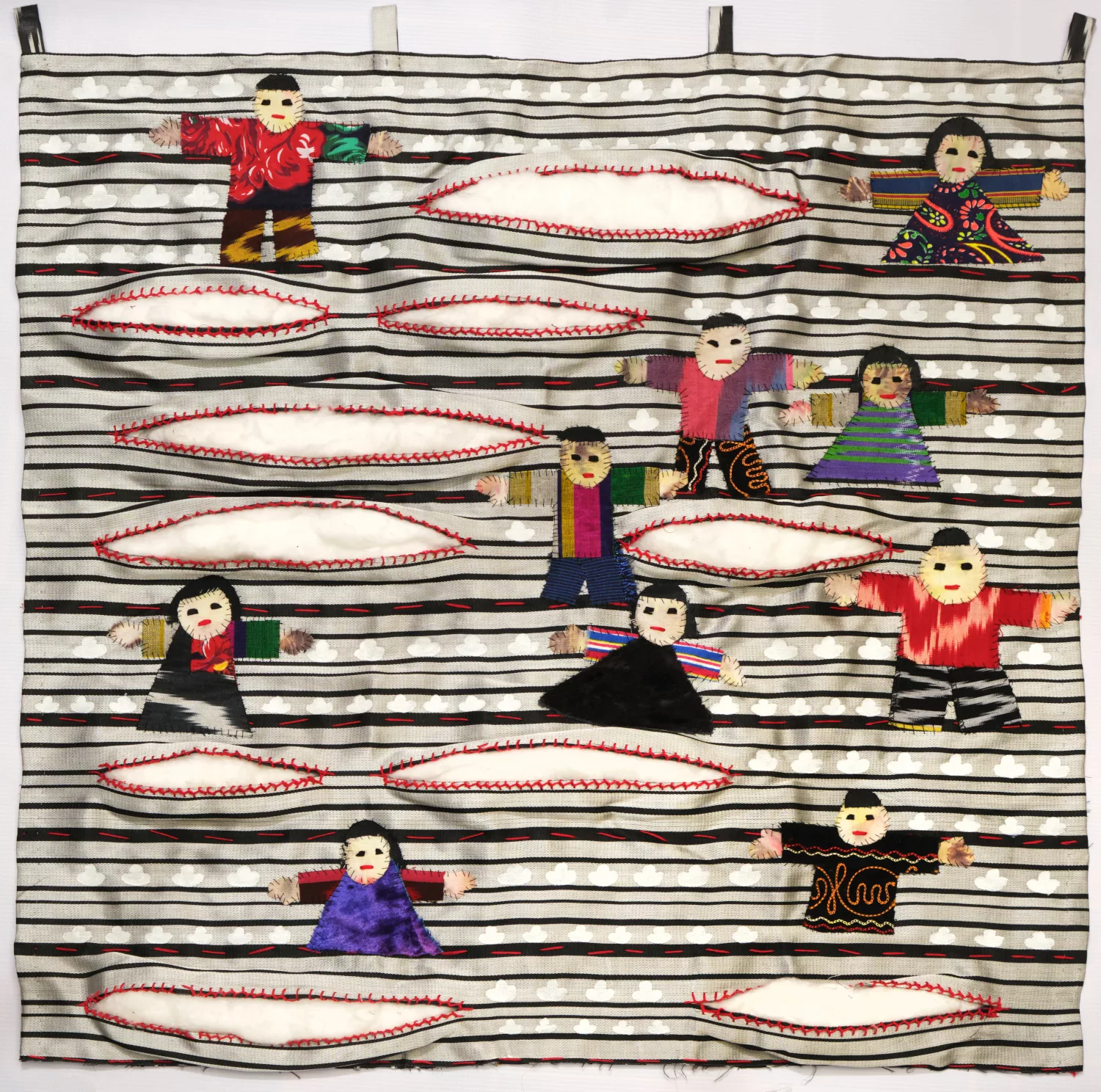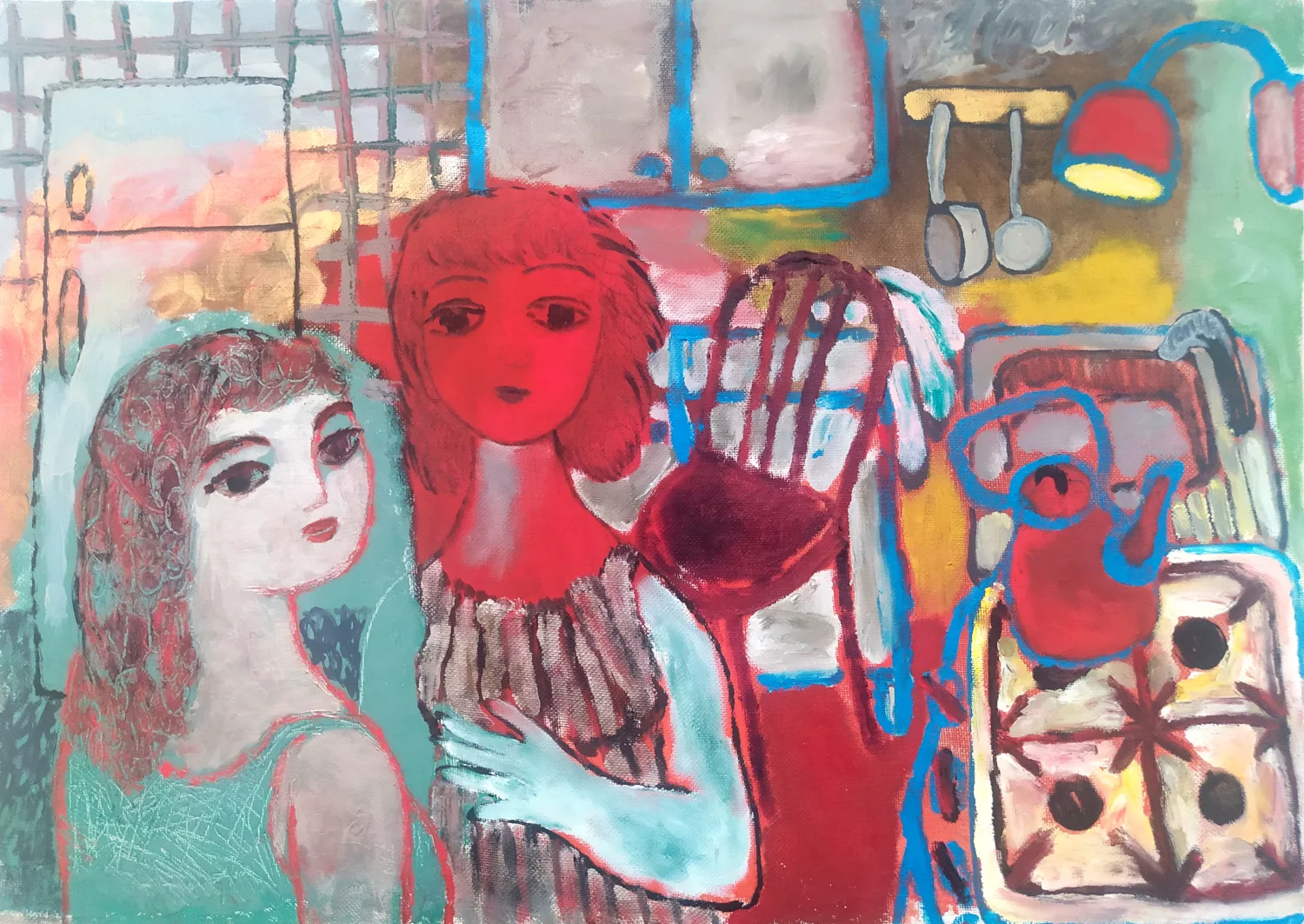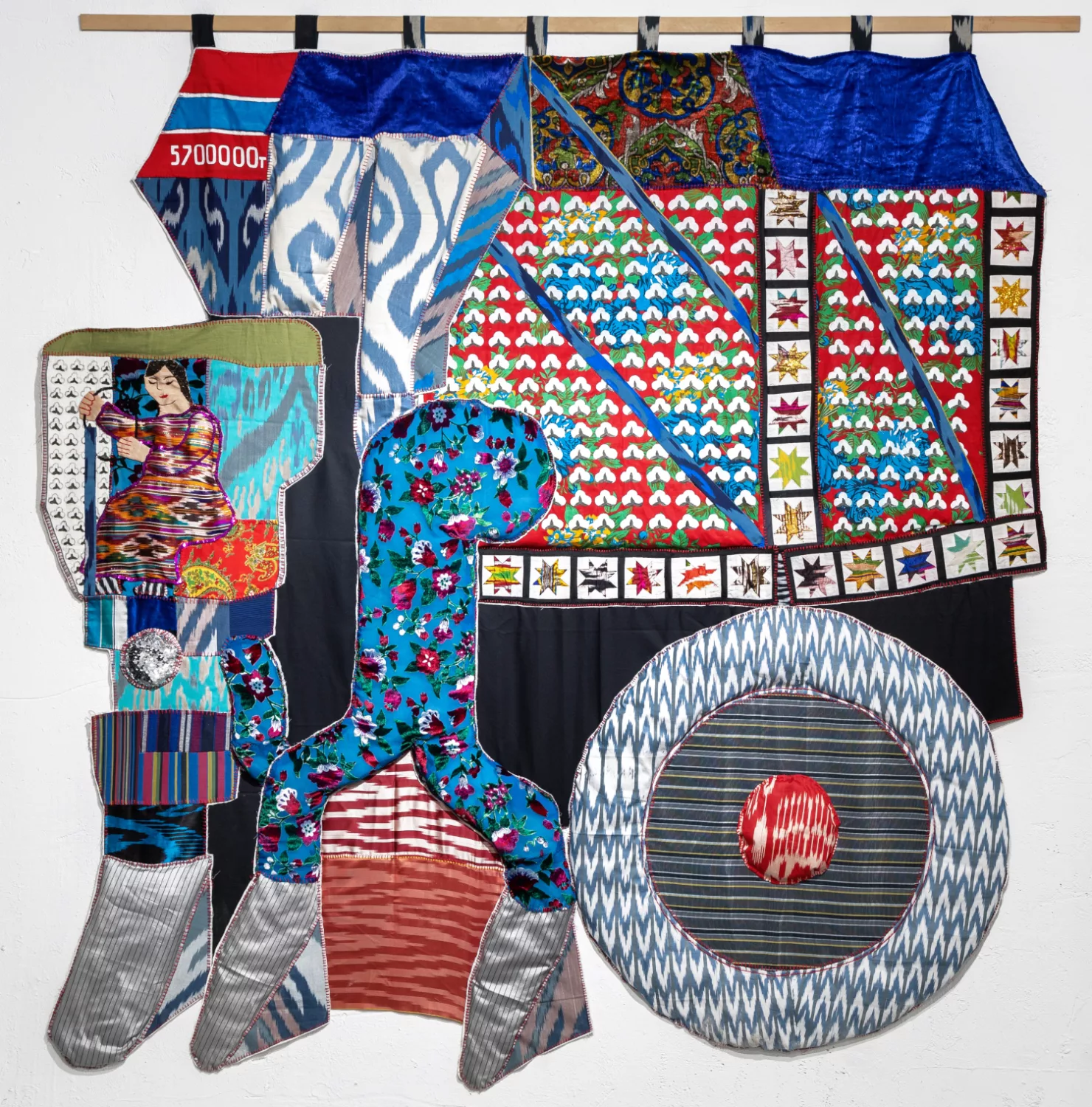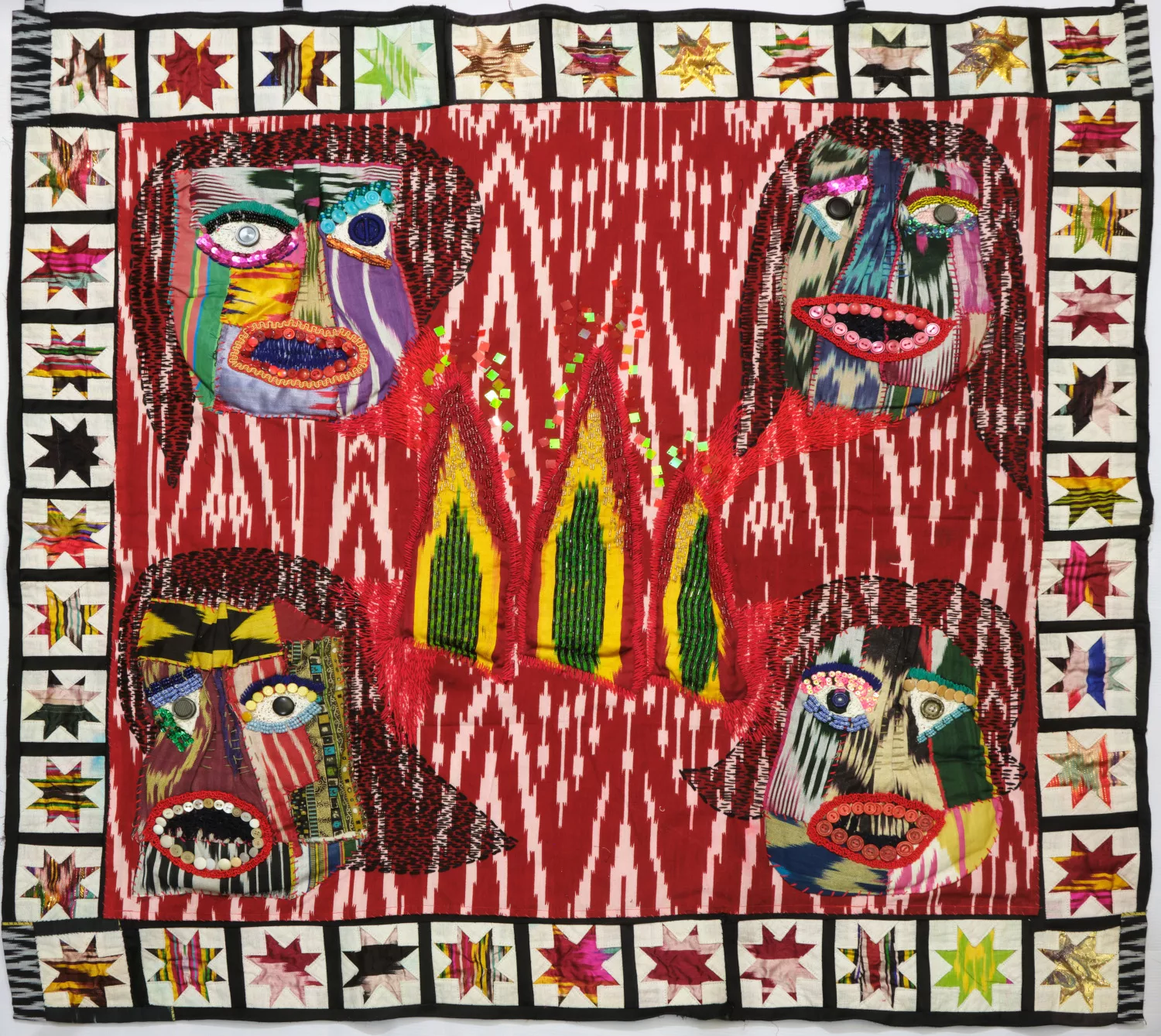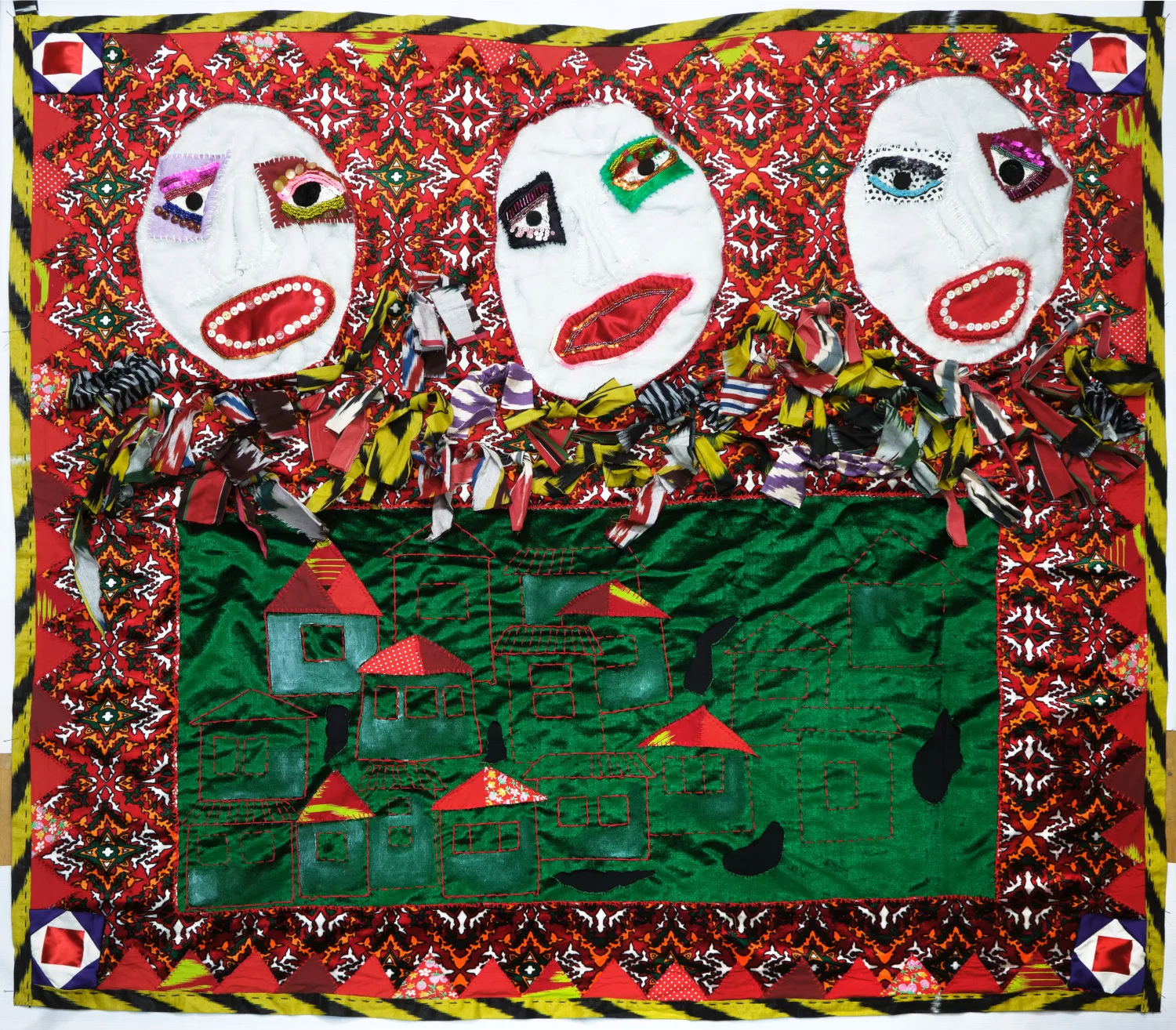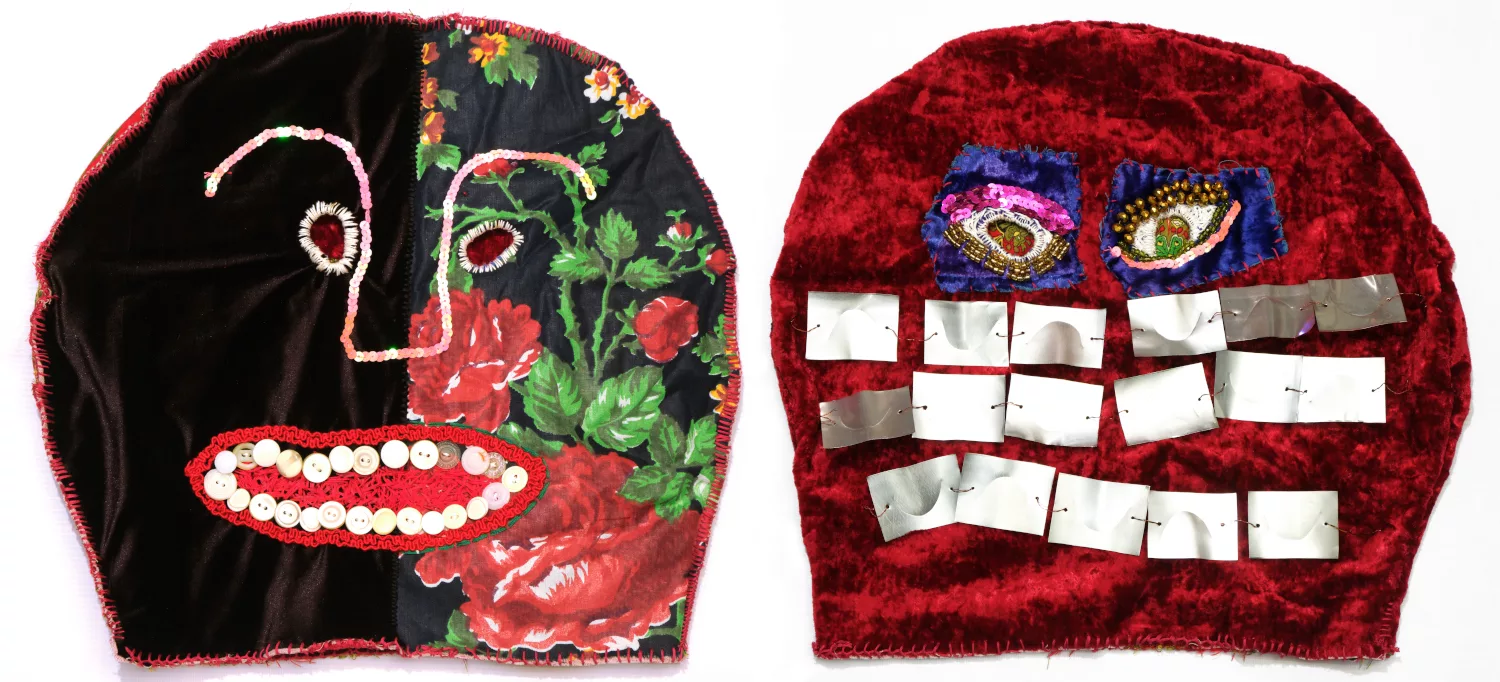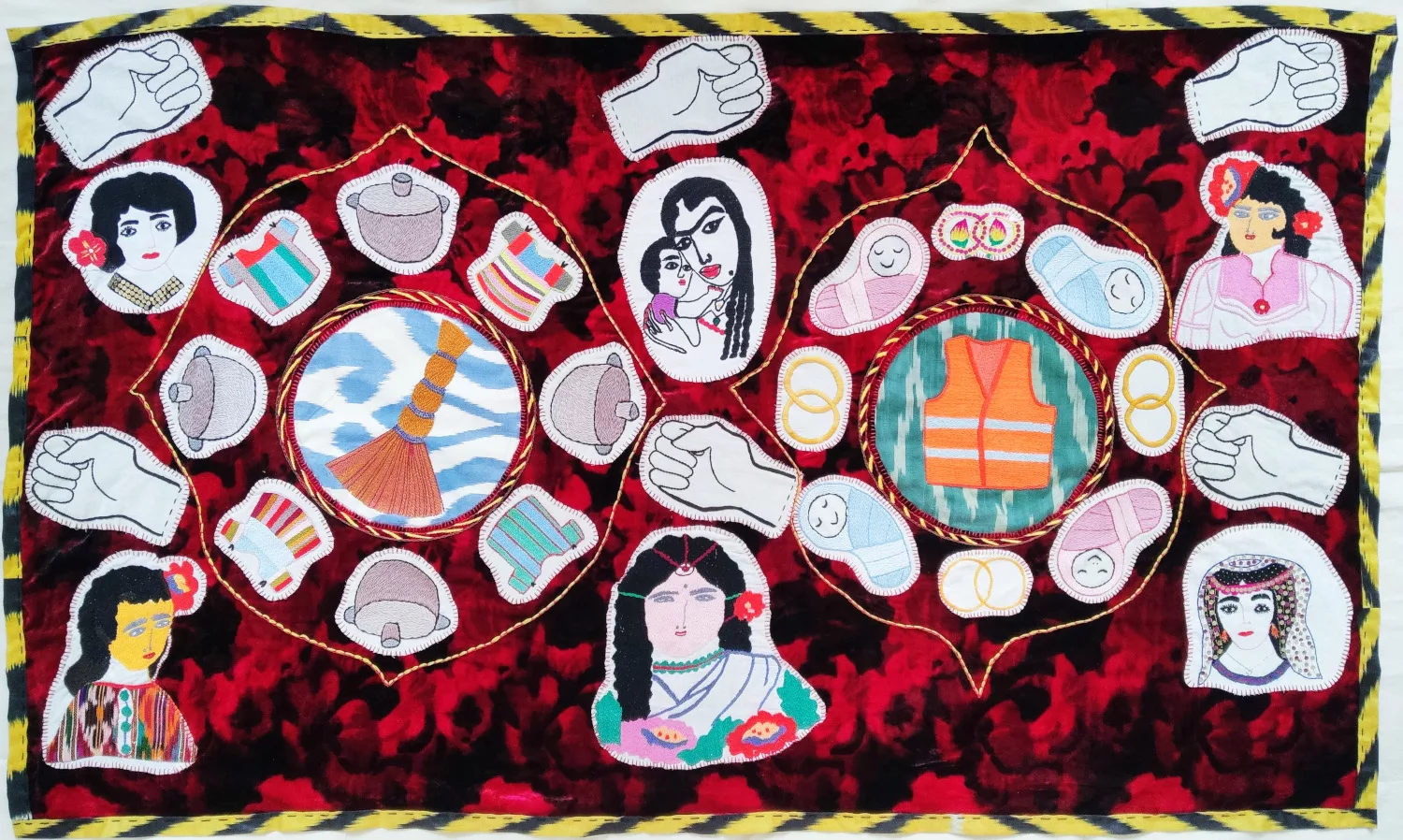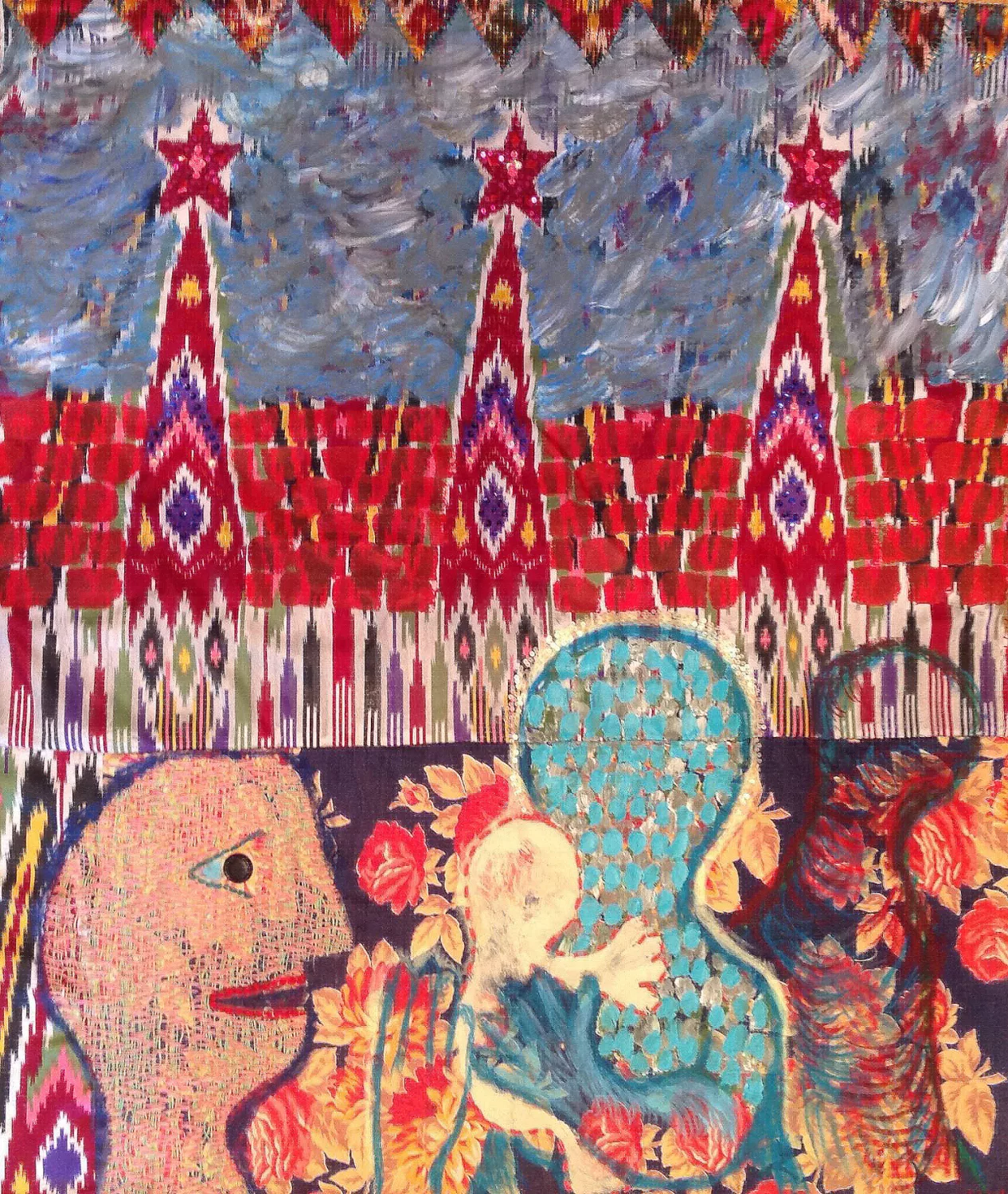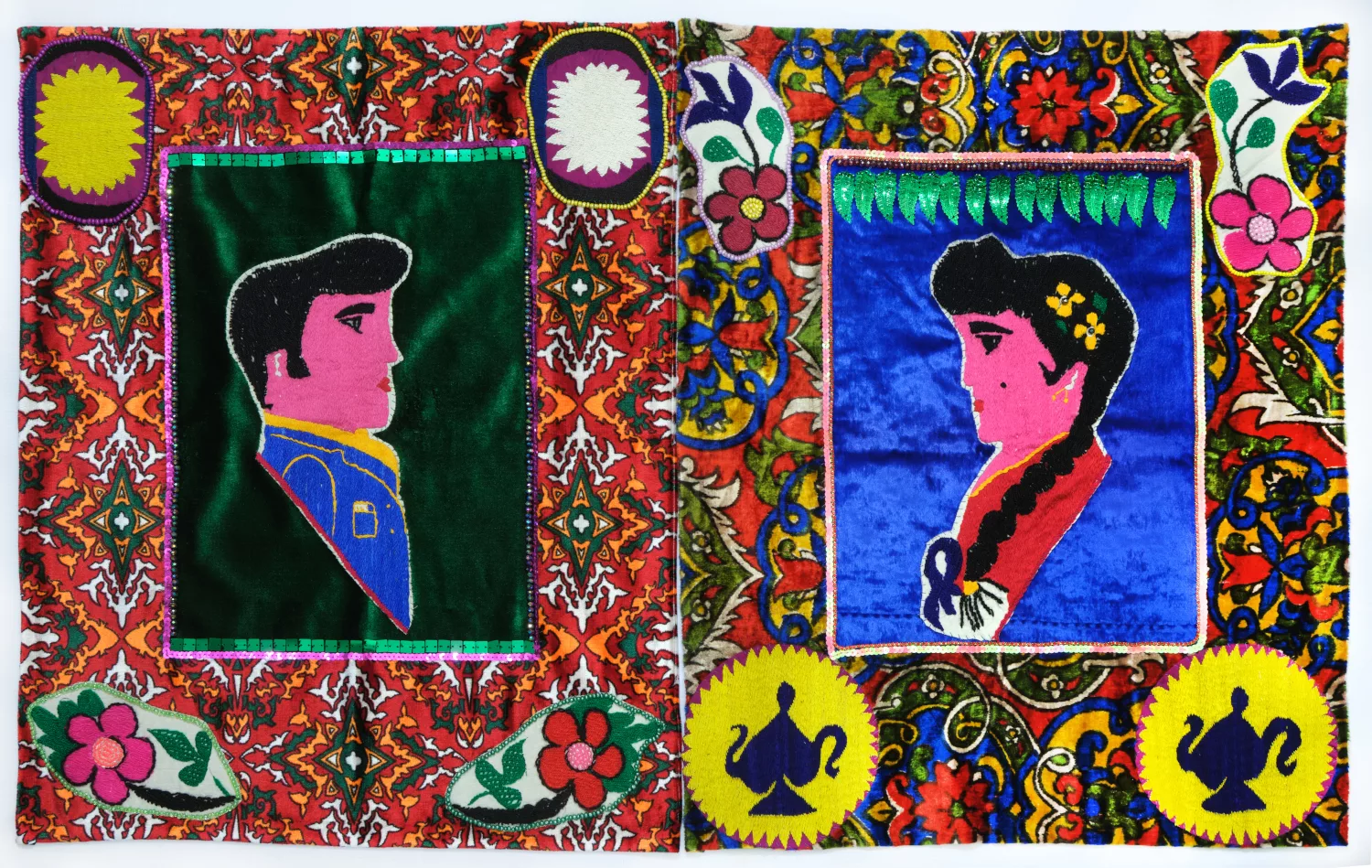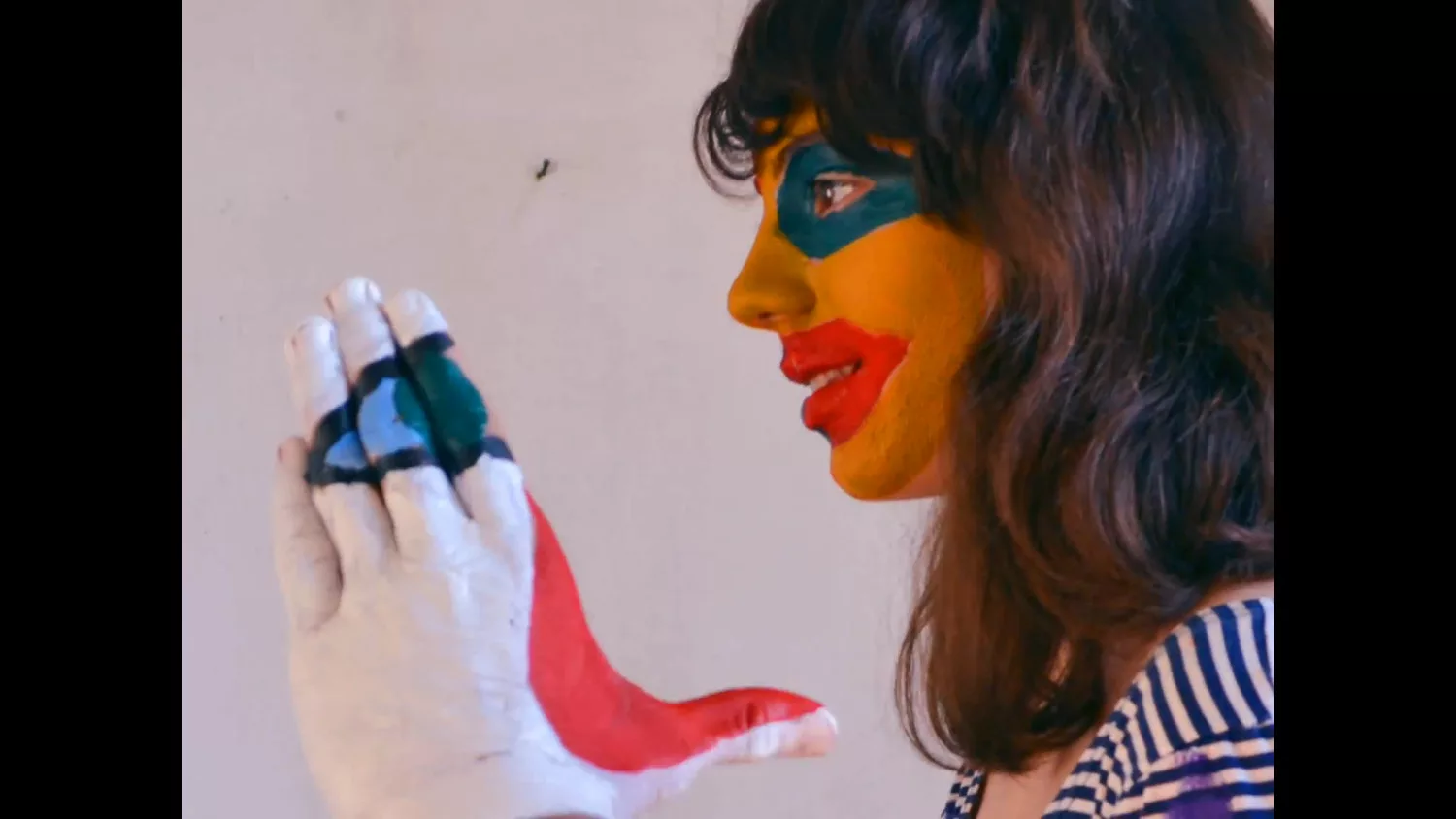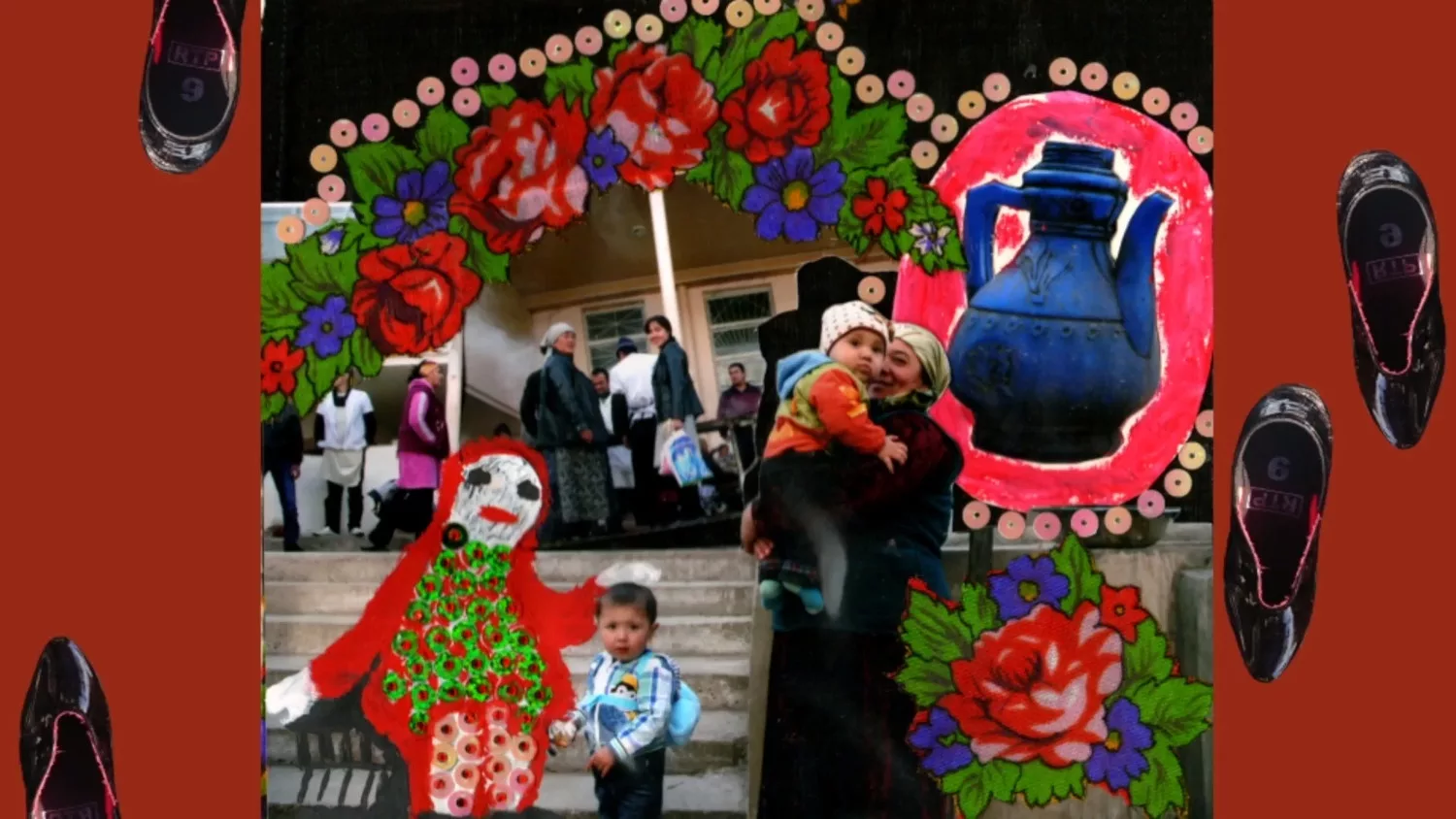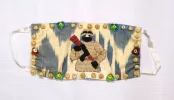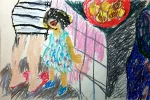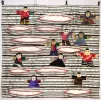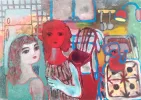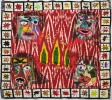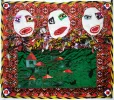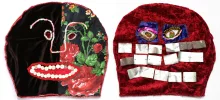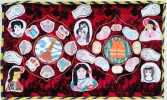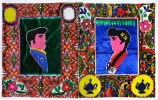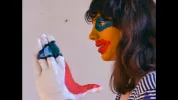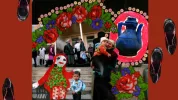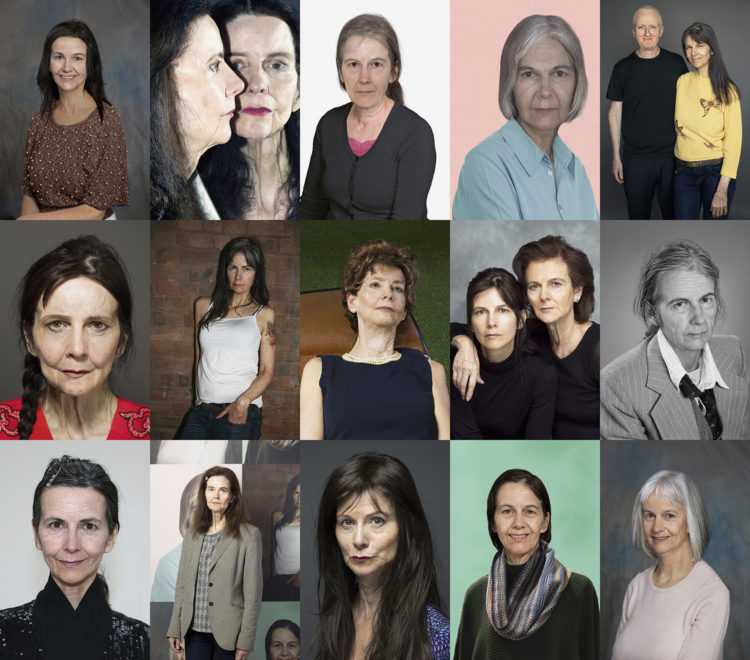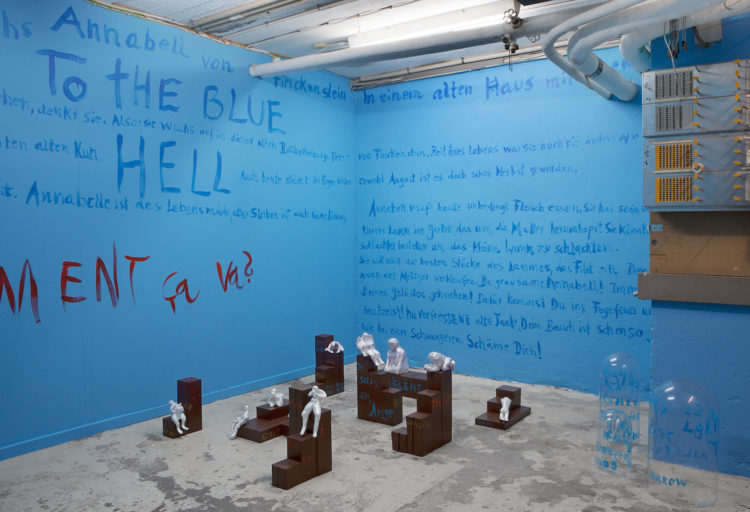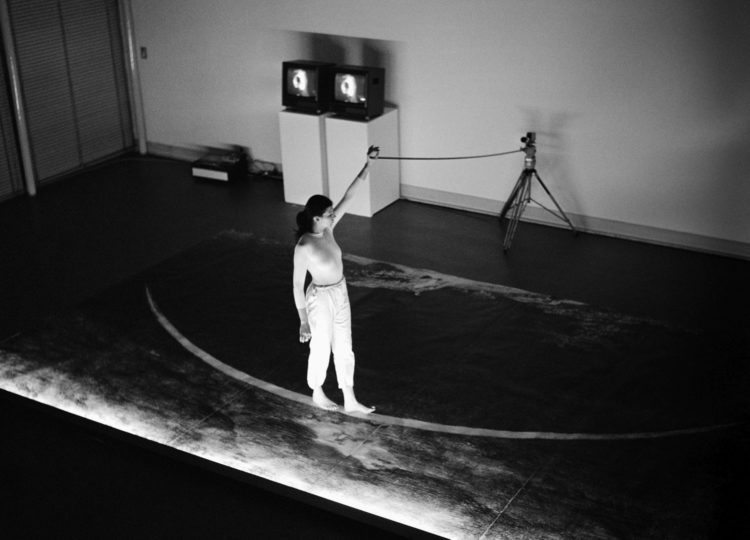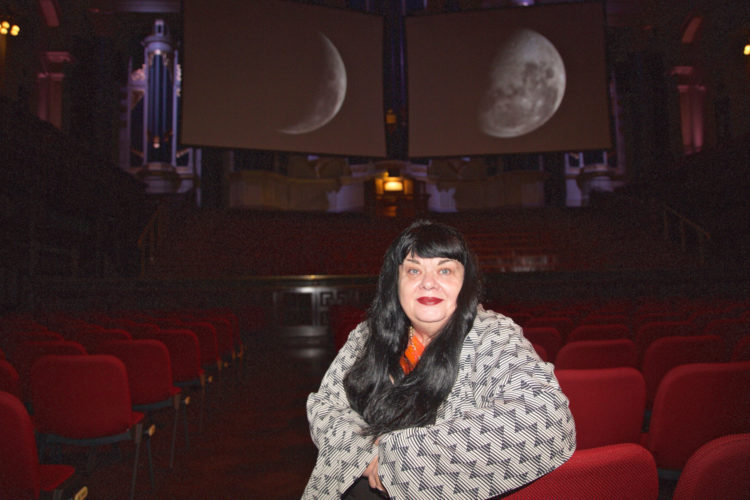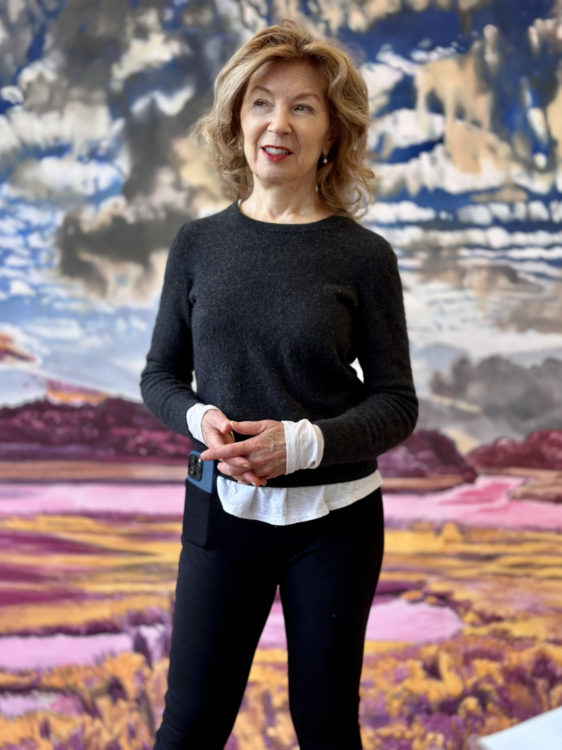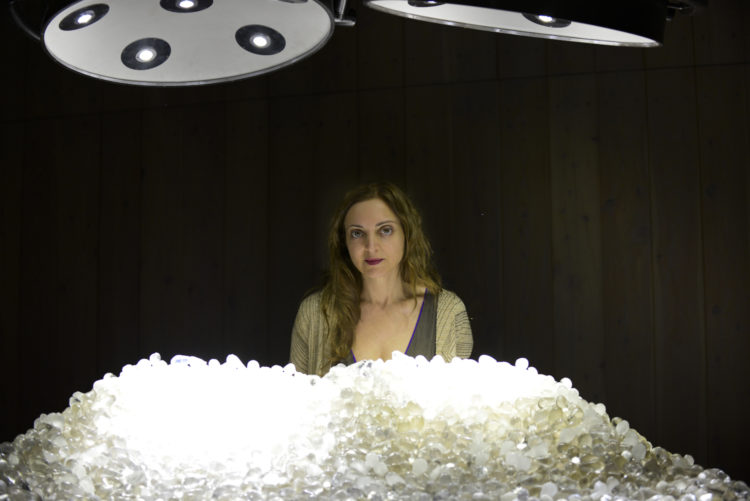Anna Ivanova
Bolotian, Ilmira (ed.), I-Iskusstvo, F-Feminism: Sovremennyi Slovar [A-Art, F-Feminism, Contemporary Thesaurus], exh. cat., NII DAR, Moscow (24 October–7 November, 2015), Moscow, Rosa Luxemburg Foundation, 2015
→Bolotian Ilmira (ed.), Kukhnia: Zhenskie Khudozhestvennye Masterskie [Kitchen: Women’s Art Workshops], Moscow, Rosa Luxemburg Foundation, 2014
→Painting of Uzbekistan: The End of the Twentieth Century. Art Collection, Sharq Express Ltd and Uzbekistan Publishers, Tashkent, 1997
Traektoria Zamknutykh Marshrutov [Closed-loop routes and trajectories], Skolkovo Workshop Gallery, Moscow, 7–20 September, 2017
→Oazis [Oasis], Art Gallery of Uzbekistan, Tashkent, 2008
→Anna Ivanova, Centre of Contemporary Art, Tashkent, 2003
Uzbekistani visual artist.
Anna Ivanova has continuously developed her feminist aesthetics through various media – painting, drawing, animation, collage, textile art. Having graduated from the Department of Graphic Arts (Nizami State Pedagogical University, Tashkent, 1987–1993), A. Ivanova emerged within a constellation of contemporary artists formed around Georgia-born practitioner Yanis Salpinkidi (1944–) and his school, distinct, inter alia, for its philosophy of colour and creative freedom in the face of the reified remnants of the Socialist Realism ideology.
Since 1993, A. Ivanova has embarked upon an independent career path, honing and perfecting the dialectic of form and colour in her easel painting. This dialectic evolved, toward the mid-2000s, into the narrative-informed impasto representations of the multiple facets of women’s day-to-day labour and leisure in individual and group portraits, or genre scenes in domestic and public settings like the kitchen and the bathroom, the subway and the bazaar: one of many examples of these depictions can be seen in the painting Conversation (2010). Women and the working-class femininity mark A. Ivanova’s continuing oeuvre, for instance in her textile artwork Cotton Harvester (2023) referencing Tursunoy Akhunova (1937–1983), Heroine of Socialist Labour in 1959 and 1978 who contributed to the development of the Uzbek SSR cotton industry.
Since the mid-2010s, A. Ivanova’s artistic approach has taken on an explicitly feminist turn. Beyond its prima facie ornamental and decorative character, the artist’s mixed media technique gravitates toward a collage-like expression of form wherein colour serves to materialise matter and space. The antagonism between texture and perspective is created through craft techniques: appliqué, patchwork, embroidery, beading etc. Illustrative of this practice are her collages Untitled (2015) and Home Demolitions (2023), as well as the collaborative collage animation films The Deflated Balloon (2013) and The Galoshes of Happiness (2016).
A. Ivanova’s use of texture and perspective creates a critical distance: in her collage Red Square (2015), the act of cutting, retexturing, deconstructing and reconstructing national imageries and human silhouettes brings to light the relationship between the state and society. The artist’s textile pieces Anti-COVID Mask (2020) and Children Picking Cotton (2021) reflect the contradictory past and present in contemporary Central Asia, and raise to consciousness the fractured life ripped apart by the forces of capitalism.
In the textile panel New Pattern for Suzani. Women’s Histories (2024), A. Ivanova’s collage method evokes the spirit of craftivism by engaging in emancipating and politicising the artist-maker and the public. Her feminist aesthetics defy a normative judgement of history: through collage, what has been disassembled once can be whole inasmuch as it is reconstructed continuously both by the artist and her interlocutors — in exhibitions, workshops and masterclasses. The ‘Collage in Feminist Art’ masterclass given by the artist during the 2016 iteration of I-Iskusstvo, F-Feminism: Sovremennyi Slovar [A-Art, F-Feminism, Contemporary Thesaurus] in the Ural Branch of National Centre for Contemporary Arts (Ekaterinburg, Russia) is but one precedent. A. Ivanova’s artworks are in private collections worldwide and in the collection of the National Gallery of Uzbekistan.
A notice produced as part of the TEAM international academic network: Teaching, E-learning, Agency and Mentoring
© Archives of Women Artists, Research and Exhibitions, 2025


